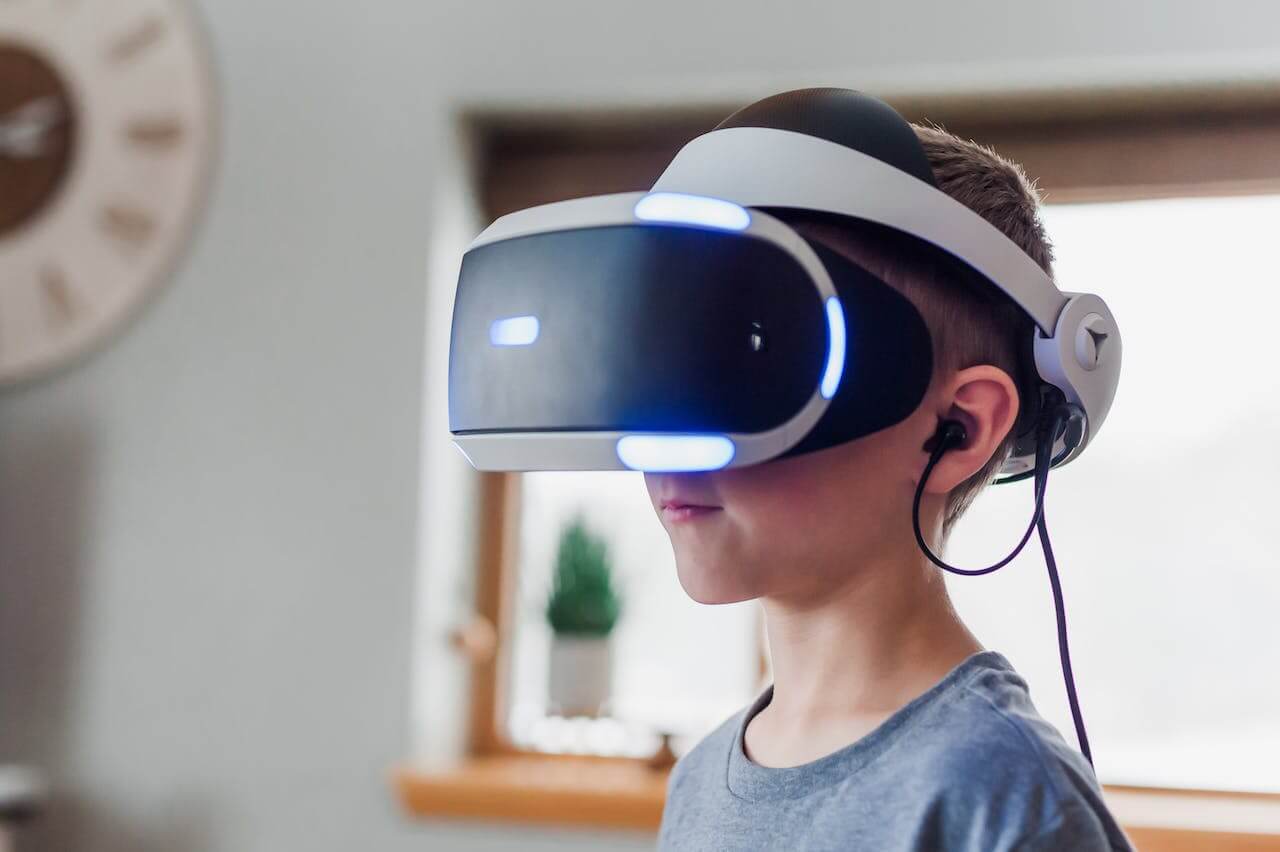Introduction
In the ever-evolving landscape of healthcare, technological advancements continue to reshape the way we approach rehabilitation and support for individuals with limb loss. One groundbreaking innovation making waves in the field is the integration of virtual reality (VR) into prosthetic rehabilitation. This article explores the transformative impact of virtual reality on the journey of amputees towards reclaiming mobility, independence, and a fulfilling life.
Understanding Prosthetic Rehabilitation
Before delving into the realm of virtual reality, it’s crucial to understand the challenges faced by individuals undergoing prosthetic rehabilitation. Losing a limb, whether due to trauma, illness, or congenital reasons, can be a profoundly life-altering experience. Beyond the physical adjustments, the psychological and emotional toll can be significant. Prosthetic rehabilitation aims not only to restore physical functionality but also to address the holistic well-being of the individual.
The Conventional Approach
Traditionally, prosthetic rehabilitation has relied on repetitive physical exercises and real-world simulations to help individuals adapt to their artificial limbs. While effective to some extent, this approach often lacks the personalization needed to cater to the diverse needs and experiences of amputees. This is where virtual reality steps in as a game-changer.
Virtual Reality: Bridging the Gap
Virtual reality offers a simulated environment that goes beyond the limitations of traditional rehabilitation methods. By immersing individuals in computer-generated scenarios, VR creates a realistic and controlled space for them to practice using their prosthetic limbs. This not only enhances the rehabilitation process but also addresses some of the key challenges faced by amputees.
- Enhanced Engagement and Motivation: VR introduces an element of gamification to prosthetic rehabilitation. Tasks that might seem mundane or repetitive in the real world become engaging challenges in the virtual realm. This gamified approach boosts motivation and encourages individuals to actively participate in their rehabilitation.
- Personalized Training Programs: One of the significant advantages of virtual reality is the ability to tailor rehabilitation programs to each individual’s specific needs. VR platforms can be programmed to replicate real-life scenarios that resonate with the user’s daily activities, ensuring a more personalized and relevant training experience.
- Realistic Simulations: VR allows for the creation of highly realistic simulations, enabling users to practice a wide range of activities, from simple tasks like picking up objects to more complex movements like walking on uneven terrain. This realistic simulation helps build confidence and prepares individuals for the challenges they may encounter in their daily lives.
- Quantifiable Progress Tracking: Virtual reality systems come equipped with advanced tracking mechanisms that record users’ movements and interactions. This data can be analyzed to track progress over time, providing both healthcare professionals and individuals with valuable insights into the rehabilitation journey.
Case Studies: Success Stories in VR-Assisted Prosthetic Rehabilitation
To truly grasp the impact of virtual reality in prosthetic rehabilitation, let’s explore a couple of real-world success stories.
Case Study 1: James’s Journey to Mobility
James, a lower-limb amputee, struggled with adapting to his prosthetic leg. Traditional rehabilitation methods left him frustrated and disheartened. However, when introduced to virtual reality, James found himself navigating virtual landscapes, climbing stairs, and even participating in simulated sports. The gamified experience not only made rehabilitation enjoyable for James but also accelerated his progress, transforming his outlook on life.
Case Study 2: Emily’s Confidence Boost
Emily, an upper-limb amputee, faced challenges in regaining confidence in her daily activities. Virtual reality offered her the opportunity to practice various arm movements in a safe and controlled environment. The realistic simulations, coupled with personalized training programs, empowered Emily to conquer everyday tasks with newfound confidence.
Challenges and Future Considerations
While virtual reality has shown immense promise in prosthetic rehabilitation, challenges and considerations persist. Issues such as the cost of VR systems, accessibility, and the need for ongoing research to optimize the technology for diverse user needs remain on the horizon.
Additionally, as virtual reality continues to evolve, the integration of artificial intelligence and machine learning holds the potential to further enhance the adaptability and responsiveness of VR-assisted prosthetic rehabilitation.
Conclusion
Virtual reality is revolutionizing the landscape of prosthetic rehabilitation, offering a dynamic and personalized approach to help individuals reclaim their lives after limb loss. As technology advances and becomes more accessible, the transformative impact of VR in this field is poised to grow exponentially. The stories of James, Emily, and countless others illustrate the profound positive changes that virtual reality brings to the lives of amputees, highlighting a future where rehabilitation is not just a process but a personalized, engaging journey toward a fulfilling life.



